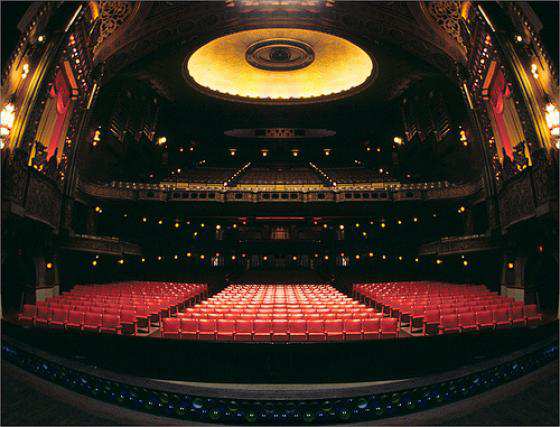Artist Arrangement
Are you an artist and would you like to know if you are eligible for the artist arrangement (in Dutch: Artiestenregeling)? Or do you prefer that the artist arrangement does not apply to you? Moneywood can help.

What is the artist arrangement and fictitious employment?
The artist arrangement is a regulation for artists that are self-employed. With this regulation the government want to meet the administrative obligations of these artists. Because of this regulation, artists -as opposed to other self-employed professionals- fall under the wage tax that usually applies only to employees in a salaried post. Artists have a fictitious employment.
Fictitious employment
Artists and professional athletes are, for each assignment they perform under the artist arrangement, fictitiously in employment. Normally an employment is assumed after three months, but for artists and professional athletes that is instantaneously. This means the client has an obligation to withhold for the wage tax.
When are you an artist?
You can choose whether you want the artist arrangement to apply to you. You agree this with your client. Read more about this below, under ‘applying the artists arrangement’ and ‘not applying the artist arrangement’.
Artists are people that (possibly with an accompaniment) perform for an audience and deliver an artistic performance. Think of singers, band or orchestra members, magicians, clowns, puppeteers, DJ’s and VJ’s. Those that do not perform, such as visual artists or photo models, are not artists according to the artist arrangement.
Applying the artist arrangement
When is the artist arrangement applicable?
The arrangement applies to performances by the artist that take place on the basis of a short period agreement (less than three months). Because of the arrangement, not the performer but the one paying the fee is obligated to withhold for wage taxes. Your client (for example a café owner or organizer of a festival) withholds a fixed percentage in wage taxes on the fee you receive. Consequently, you, as an artist, are insured for the employment insurances (WW, WAO, WIA).
What are the exceptions on the artist arrangement?
There are certain exceptions on the artist arrangement. In the following cases the arrangement is not applicable.
- You and your client agree you will not be paid as an artist, but as a self-employed professional.
- It is a matter of a performance for a private affair (for example a family party). You send a normal invoice that you include in your declaration income tax.
- There is an agreement for a period of more than three months. The client then, does not withhold wage taxes. You pay for your income taxes yourself. You can agree with your client to let the arrangement apply on you. (with a fictitious employment).
How do you make use of the artist arrangement?
You can make use of the artist arrangement when:
- meet the requirements
- agree with your client that you will make use of the arrangement
- You notify the tax inspector of this and
- You are in possession of a fee statement
This statement can be downloaded on the Tax Authorities website.*
Artist arrangement not applicable
Manner of payment
The client has the responsibility to withhold payroll taxes and premium on social insurances and pay that to the Tax Authorities. Many artists and professional athletes do not want that withholding. You may believe that the compensation is not wage but an expense compensation. Or maybe you prefer to be paid on the basis of invoices. If you do not want your client to withhold for employee insurances and wage taxes, you can discuss this with your client.
No withholding
Do you prefer to not enter a fictitious employment (and therefore no withholdings) with your client? That is possible. Until 2016 you had the so-called VAR-statement. However, as of January 2016 the VAR has disappeared (in Dutch only) and now it has been established that you can state you are not an artist for the legal purposes. (in Dutch only) This means that no withholding will need to take place. You can do this by making a written notification that you do not want the client to withhold money, prior to the payment. These propositions can be made by letter, contract or email. Examples of these letters can be found here.(in Dutch only)
Expense compensation instead of fee (KVG)
You can choose not to be paid through the artist arrangement. Instead, you can claim the small compensation arrangement (Kleinevergoedingsregeling or KVG). This arrangement is applied if you charge for expenses instead of a fee. The maximum amount you can charge this way is €163,-. You will be held accountable for this with the Tax Authorities. Make sure you save the receipts of your made expenses (from travel expenses to a new turntable).
Further information
There are various parties that inform artists about their fiscal rights and obligations. Popunie* and (in English) Sena are examples of this. If, however, you prefer to get financial advice that is more personal in nature, we are happy to help.
*Do you need help navigating the Dutch pages? Please contact us (see below).